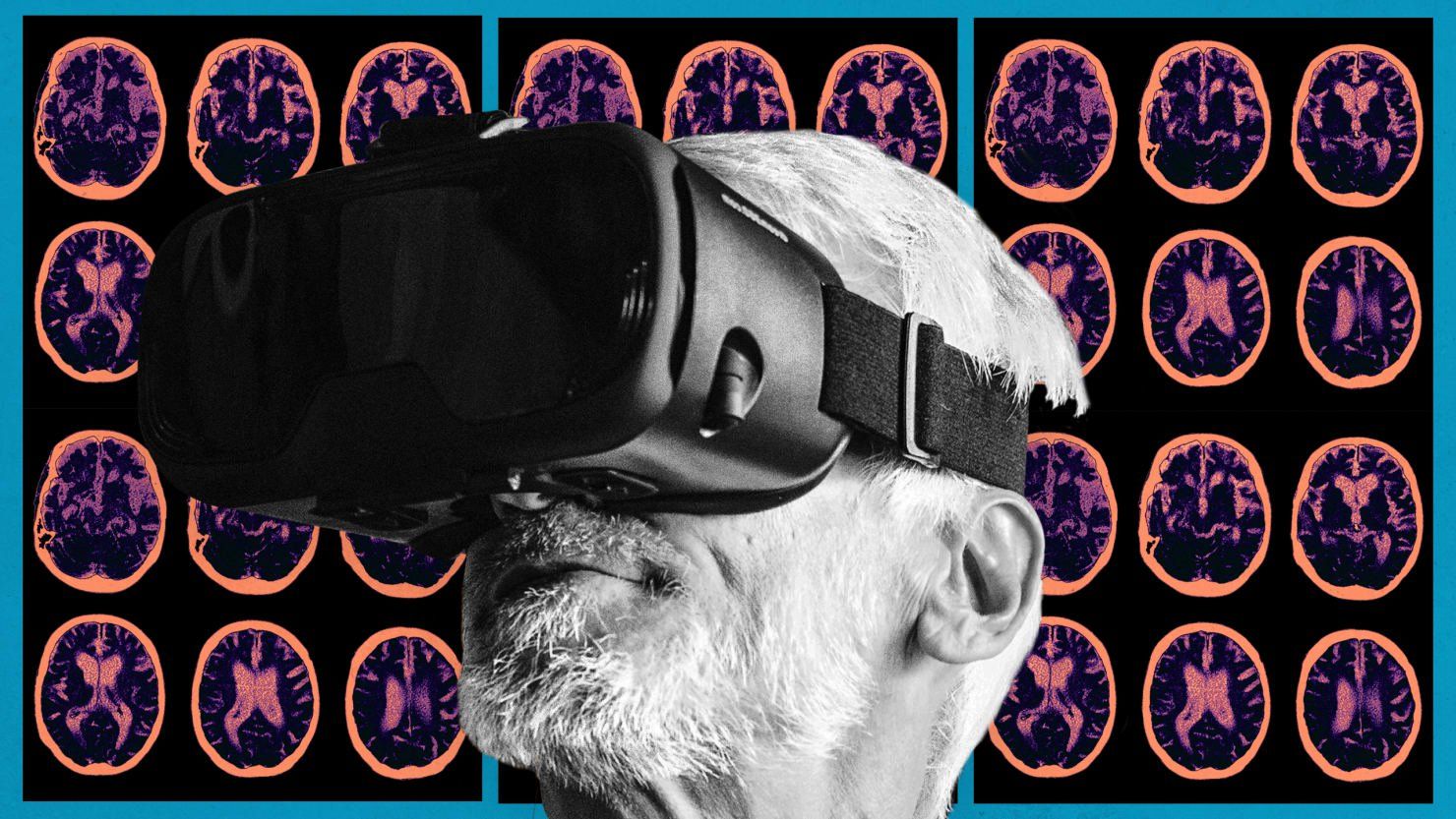I want to play!
Powered by: facebook.com/liv
Game: facebook.com/beatsaber
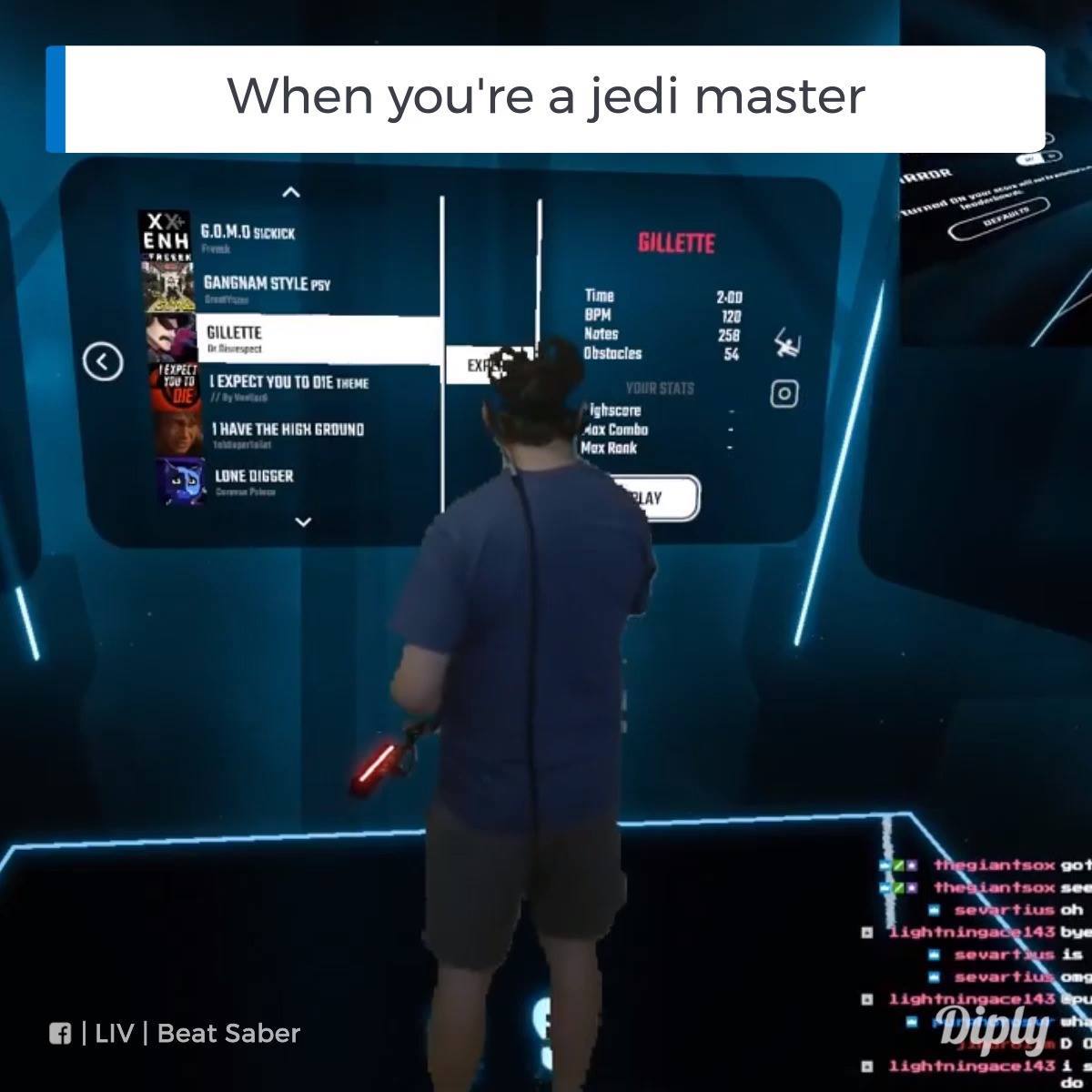
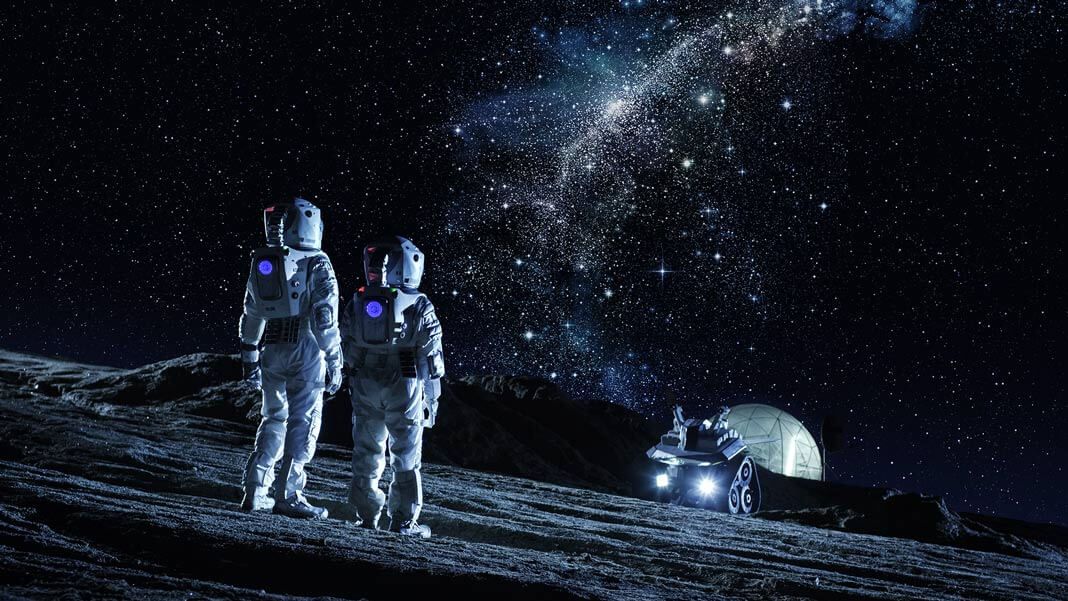
It’s not like moon-walking astronauts don’t already have plenty of hazards to deal with. There’s less gravity, extreme temperatures, radiation—and the whole place is aggressively dusty. If that weren’t enough, it also turns out that the visual-sensory cues we use to perceive depth and distance don’t work as expected—on the moon, human eyeballs can turn into scam artists.
During the Apollo missions, it was a well-documented phenomenon that astronauts routinely underestimated the size of craters, the slopes of hilltops, and the distance to certain objects. Objects appeared much closer than they were, which created headaches for mission control. Astronauts sometimes overexerted themselves and depleted oxygen supplies in trying to reach objects that were further than expected.
This phenomenon has also become a topic of study for researchers trying to explain why human vision functions differently in space, why so many visual errors occurred, and what, if anything, we can do to prepare the next generation of space travelers.
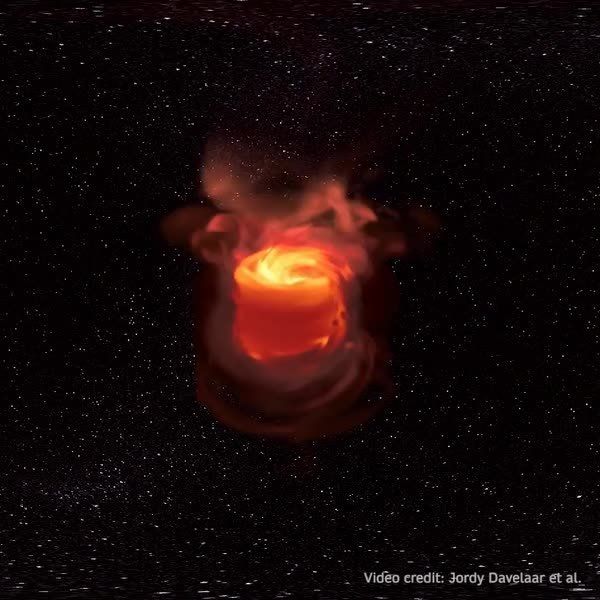
Click on photo to start video.
Researchers have created a virtual reality simulation of a supermassive black hole. In a recent paper in “Computational Astrophysics and Cosmology” they present their latest visualization. The simulation is based on the black hole in the center of our own Galaxy; Sagittarius A* (Sgr A*). Read this SpringerOpen blog to learn more. https://bit.ly/2S2Xh8p
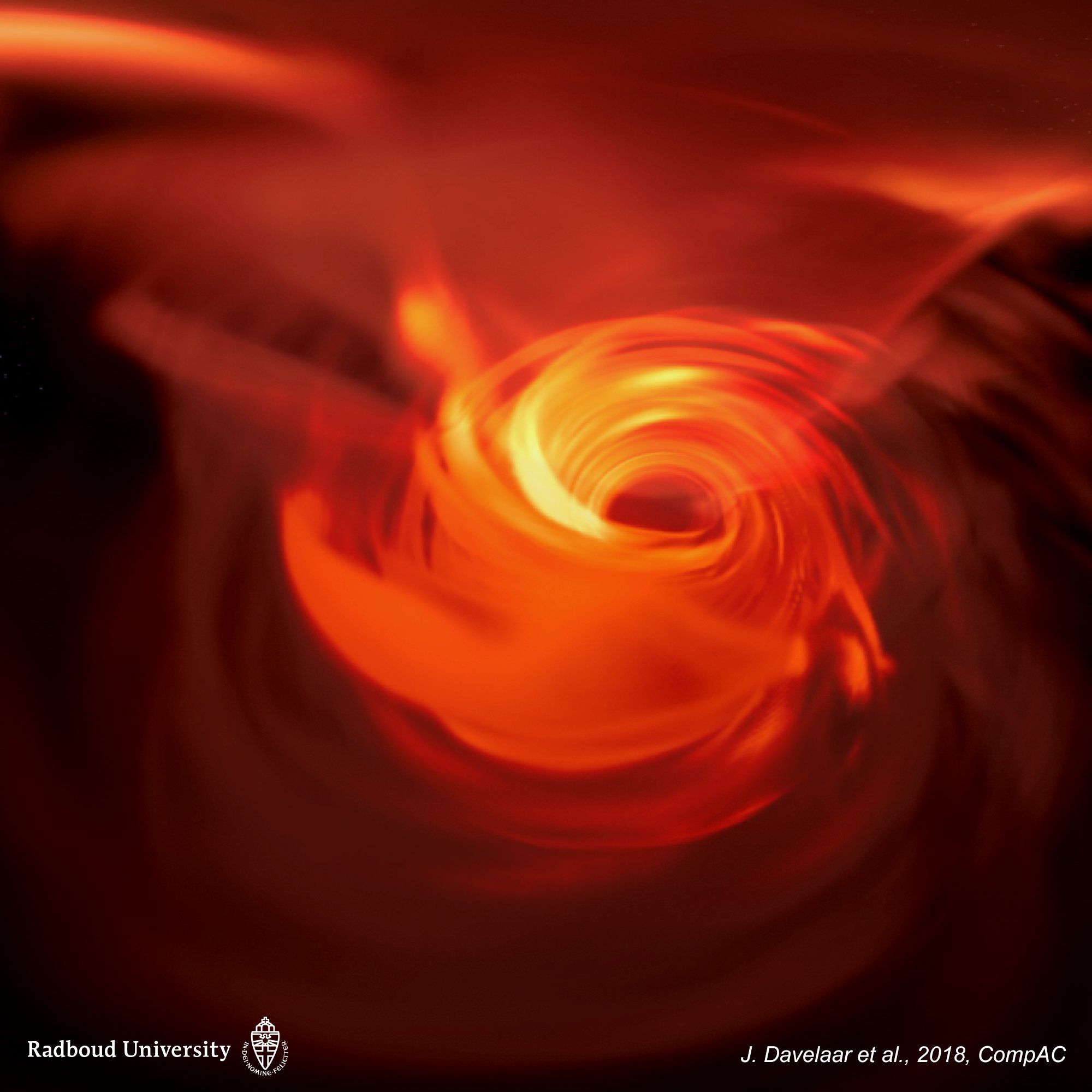
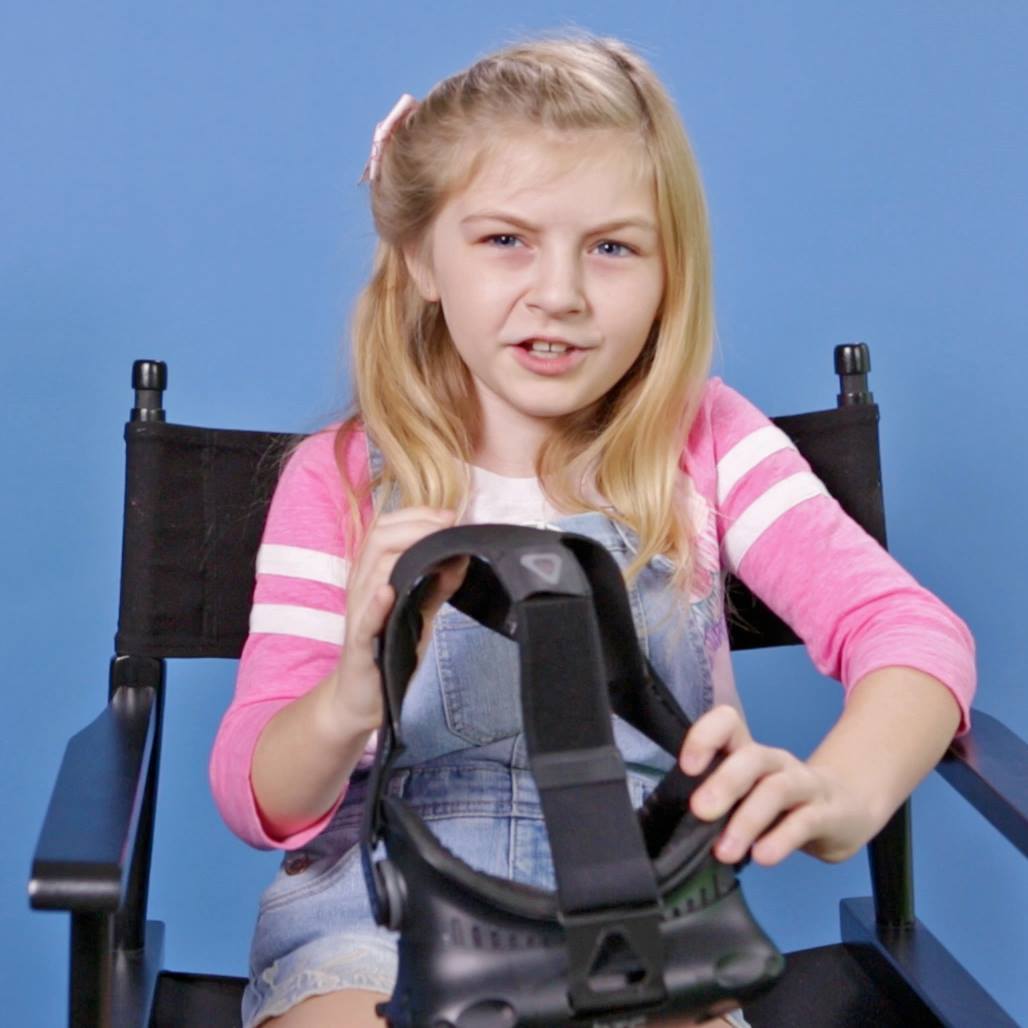
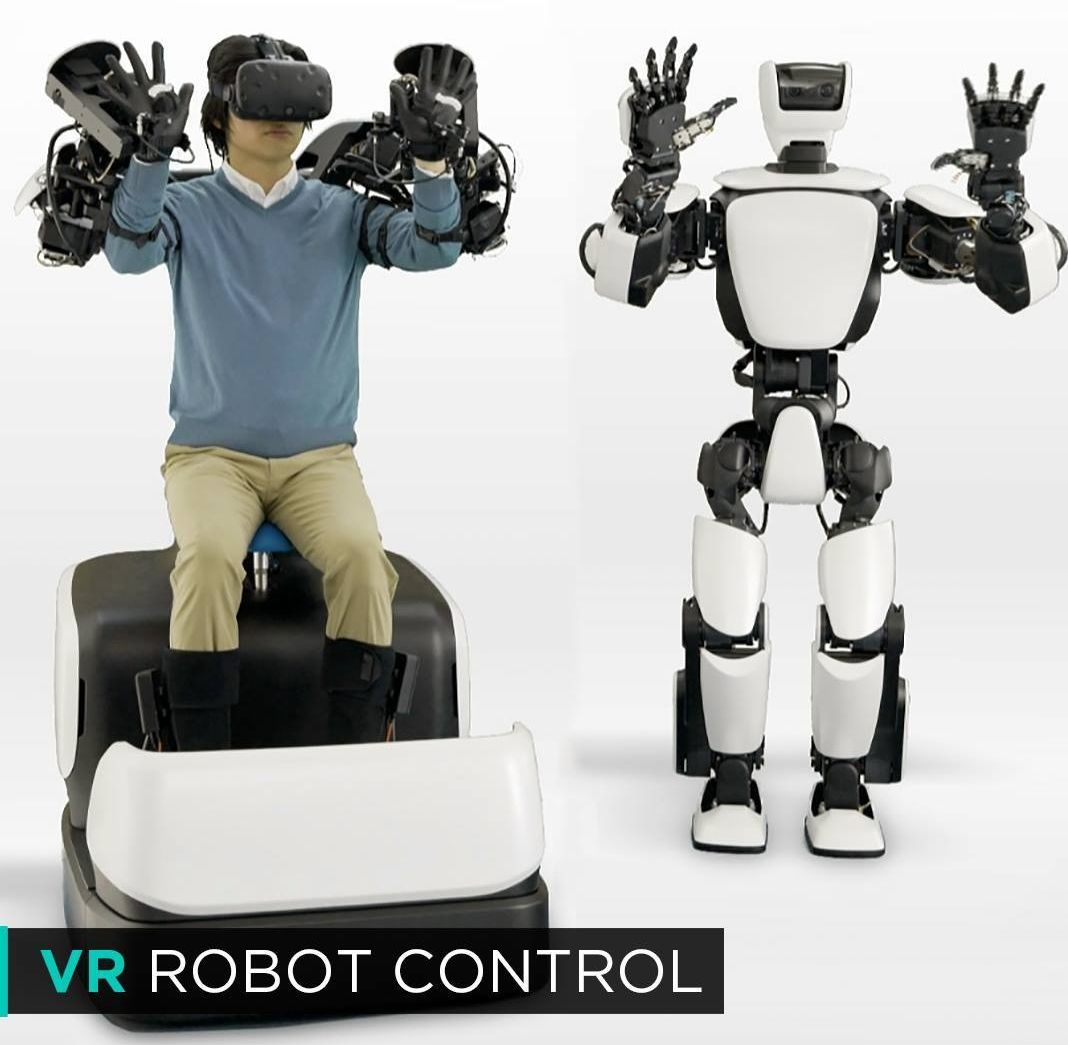

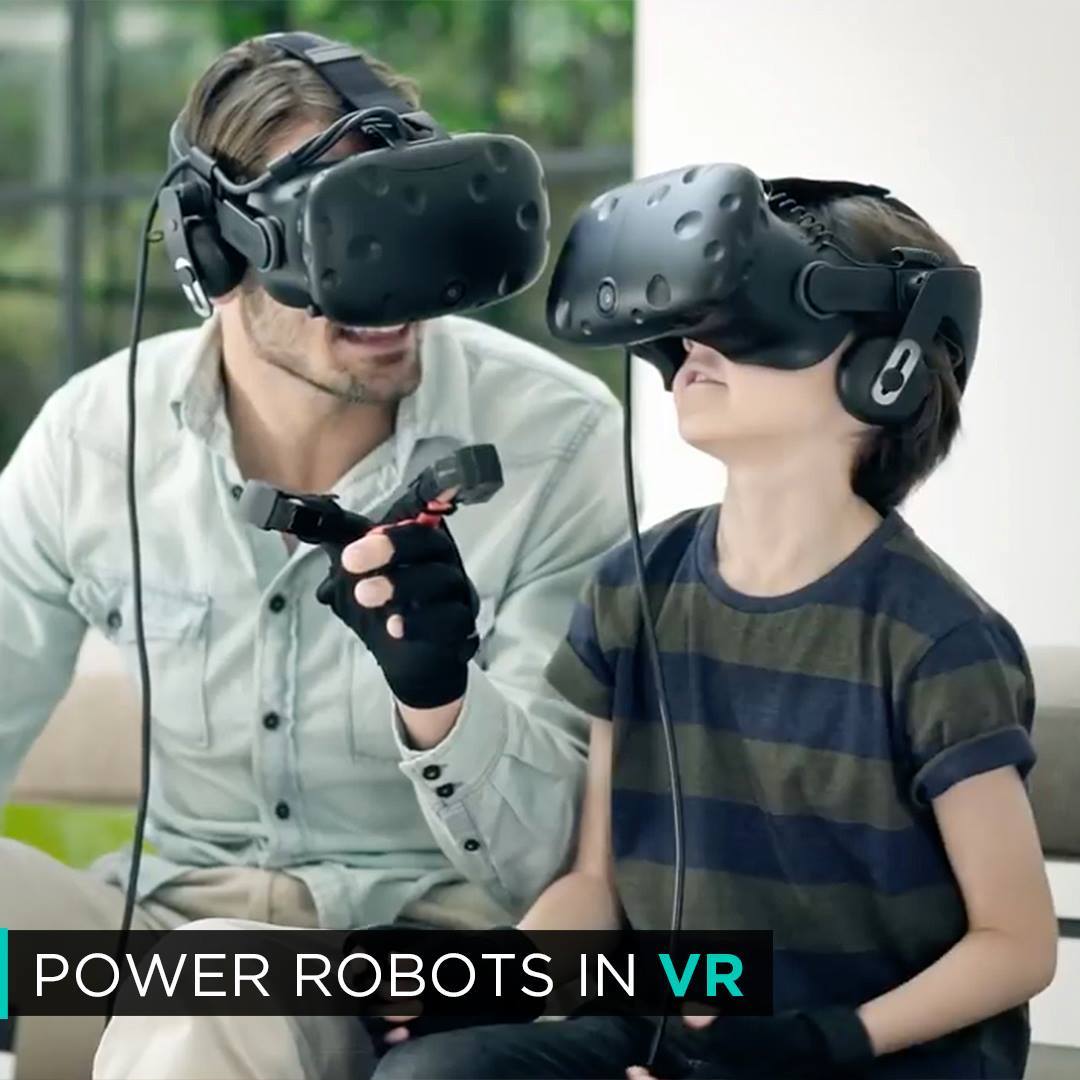
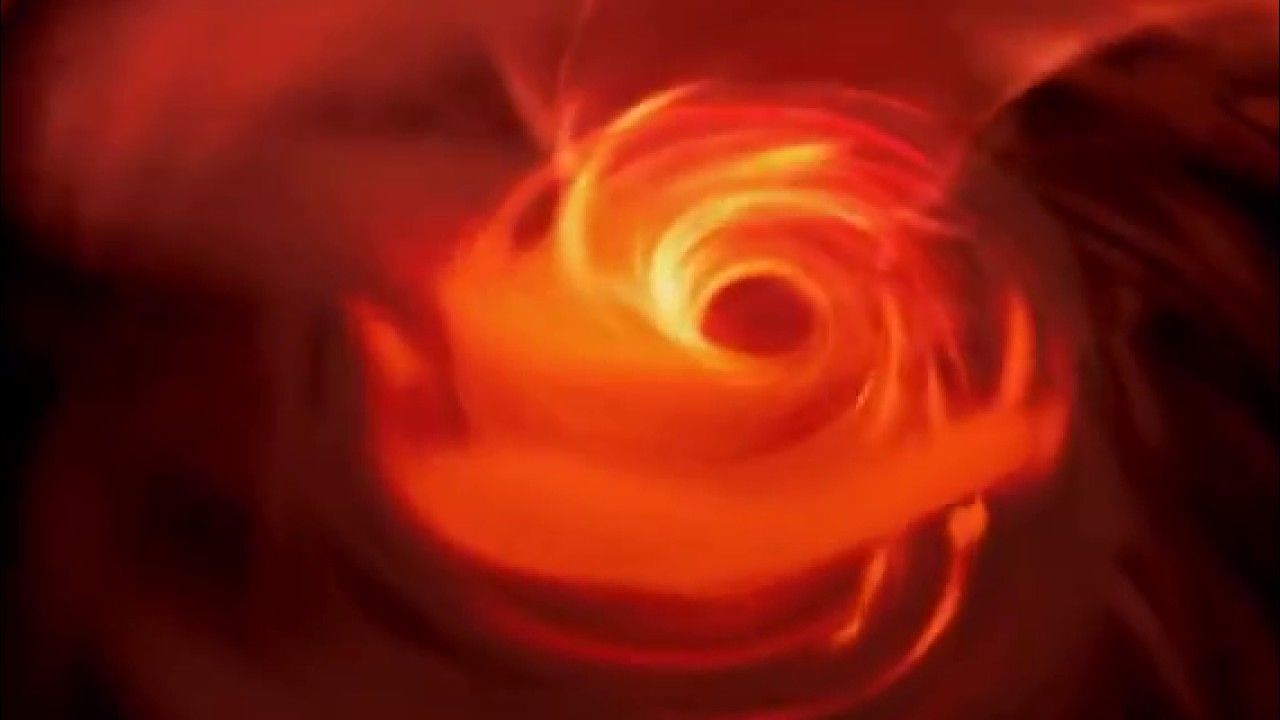
For the first ever time, scientists have created a virtual reality (VR) simulation of Sagittarius A*- the black hole at the center of our galaxy. The simulation allows helps viewers to better visualize the phenomenon and study the black holes as well.
With the aim of creating a VR simulation of Sagittarius A*, scientists at Radboud University, The Netherlands and Goethe University, Germany come together and used an astrophysical model of Sagittarius A*. Through this model, they were able to capture an image series that then put together to create a 360-degree virtual reality simulation of the black hole.
The simulation can be seen using VR consoles. The most fascinating thing about this simulation is, it created one of the most realistic views of the direct surroundings of the black hole. Moreover, it is expected to help scientists to study the behavior of the black hole.
